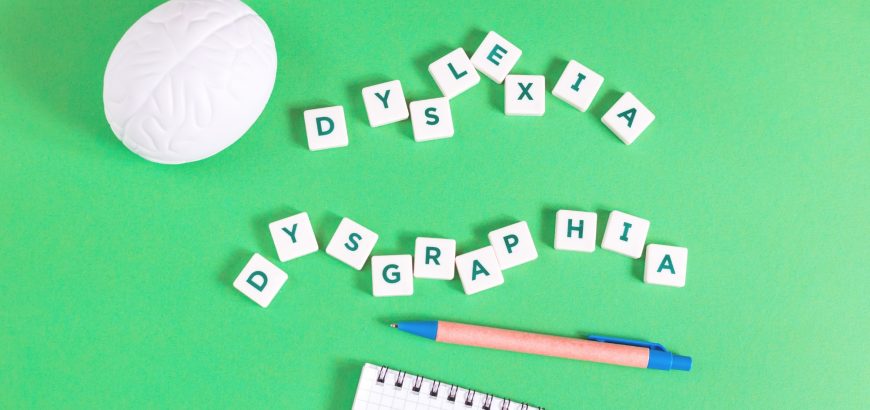
Children learn to read at different ages. Excessive delays in reading and writing indicate dyslexia and dysgraphia. The two learning differences are similar; both reveal visual impairment when identifying letters and numbers. However, while your child could have both conditions, they may only have one of these learning differences, if any. Here are the signs of dyslexia and dysgraphia.
Signs of Dyslexia or Dysgraphia
Dyslexia occurs when people cannot decipher letters and words due to their repetitive appearance. Individuals with this learning difference describe this visual phenomenon as letters jumping around the page. When letters closely resemble each other, they tend to change their appearance. Symptoms include:
- Mixing sounds and syllables in words like “sposed” instead of “supposed”
- Reading backward
- Trouble rhyming
- Difficulty tying shoes
- Dysgraphia
- Mixing up b with d
- Skips words and prepositions
- Family History
- Trouble reading math problems and memorizing equations
- Struggles to tell or understand time on a clock with hands
Dysgraphia
Dysgraphia is a neurological learning difference involving the formation of characters. It is the inability to translate thoughts into words on paper. The causes of dysgraphia are a combination of one or more of the following:
- Delayed development of fine motor skills
- Lack of special perception
- Unable to hold information in your mind without visual aid
- Unable to form letters or recall letters
- Difficulty language processing
When writing, individual with dysgraphia tends to stray from the intended shape and cannot write the letter as they see it. Dysgraphia is more visible than dyslexia because it involves writing. Both dyslexia and dysgraphia frequently come together hand in hand. Dyslexia is the mixing and movement of letters, but dysgraphia is the
Diagnosis
If you see any symptoms of dyslexia or dysgraphia in your child, book an appointment with your child’s pediatrician. Once your child sees a pediatrician, you can obtain a referral for a psychological or neurological examination. You will need reading tests administered by a reading expert, school records, medical history, and vision exams to obtain a dyslexia diagnosis. Schools can test your child for dysgraphia. Speak to your school county organization to determine if your child can receive an IEP for dysgraphia.
Treatments and Resources
If your child is diagnosed with dyslexia or dysgraphia or shows the symptoms, you can take proactive steps toward helping your child progress through life. Learning differences are not a damper on success; it’s a cognitive difference that requires different resources. Here are some resources and ideas for you to help your child succeed.
- Learning RX
- Dyslexia friendly books on Amazon
- Dyslexia reading resources on Dyslexia connection
- Dysgraphia workbooks on Amazon
- Writing with playdough or creating a sensory tracing tray (i.e.salt, glitter, shaving cream)*
Whatever you discover, there are communities of dyslexic and dysgraphic individuals who have learned to adapt to this learning ability. Ieps are great for public and private schools; homeschoolers can tailor a learning plan to their learning differences.
*Email Christine, the director at Triangle Learning Center, for sensory table ideas.
Sources-
Brain Training for Learning & Thinking Skills | LearningRx
Resources – Dyslexia Reading Connection, Inc.
Dysgraphia | National Institute of Neurological Disorders and Stroke (nih.gov)
Home – Diagnostic Learning Services (diagnostic-learning.com)
